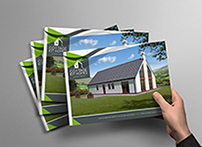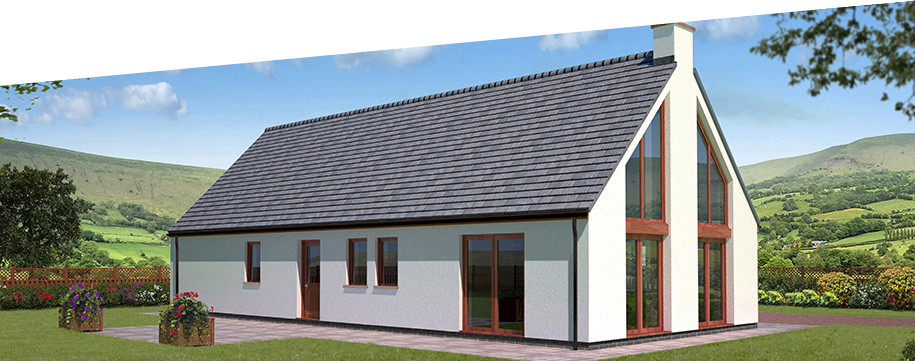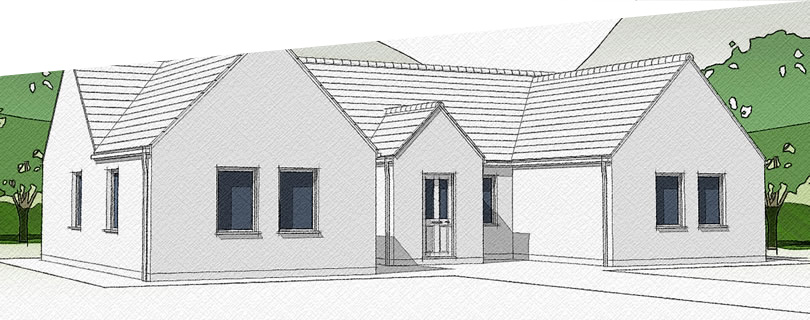
Why Timber Frame?
In recent years the house building community has become answerable to the Zero Carbon challenge.
No longer can we build homes that consume vast about amounts of carbon in their construction but equally we can no longer afford to build poorly constructed homes.
Timber frame accounts for about 75% of the self-build market, delivering faster construction times and an effortless way to achieve energy efficient, sustainable homes.
All structural timbers are kiln dried to reduce moisture content, stress graded to meet engineering standards and pressure treated with preservative to protect against rot and fungal attack. This ensures structural stability and durability. Throughout the UK you can see timber frame houses built hundreds of years ago which are still standing, albeit a bit squint!
By using timber within the fabric of your new home you can reduce energy consumption through improved thermal performance, air tightness and better insulation.
Timber frame has the lowest embodied Co2 of any commercially available building material, while delivering up to a 25% reduction in energy consumption. A typical timber frame home saves about 4 tonnes of Co2.
By using timber frame you can achieve a greater return on investment, whilst increasing your home’s appeal to design and environmentally conscious buyers in the future.
Timber frame brings plenty of practical advantages
- Quality assured off-site manufacture significantly simplifies construction, resulting in less on-site waste (as much as 20-40%, compared with other construction methods).
- Promotes greater efficiency and supply chain integration by combining component and material deliveries. Prefabricated components are also easy to transport and handle.
- Brings predictability and greater control to the construction process.
- Meets and often exceeds all current Building Regulations.
- Improves on-site construction health and safety. Off-site manufacture with automated machinery reduces accidents, as a controlled factory environment is a safer work space.
- Significantly faster construction period overall. Requires 20 per cent fewer on-site labour days. This means a faster return on investment, reduced disruption to local communities and tidier, safer sites.
- Wet trades are eliminated, so there’s no drying out time before work can continue on interior finishes.
- Construction can continue through cold and inclement weather – meaning shorter and more predictable build programmes.
- Particularly suited to sites with poor soil conditions (sites that favour lighter buildings), and sites with restricted access. Modular components are also easy to transport whilst prefabricated panels offer strict quality control and fewer post erection quality problems.
- Manufacture takes place in a quality controlled factory environment, resulting in less on-site defects.
- Provides excellent thermal efficiency, with lifetime savings in energy cost so an extremely environmentally friendly way to build. Timber is an organic, non-toxic and naturally renewable building material.
- Easier to achieve a high performance building fabric by maximising thermal performance and minimising air leakage. This approach is a low risk, cost-effective way to achieve sustainable homes.
Download our latest Brochure




